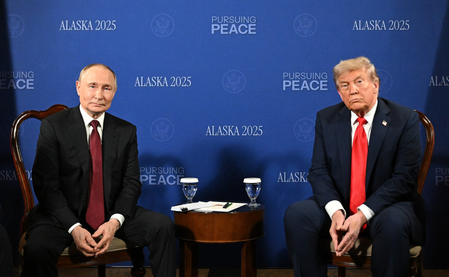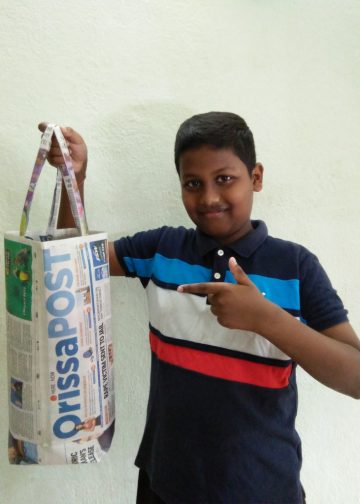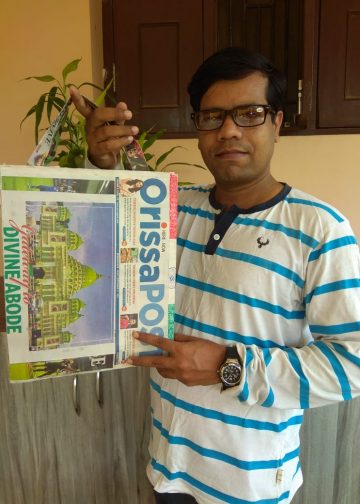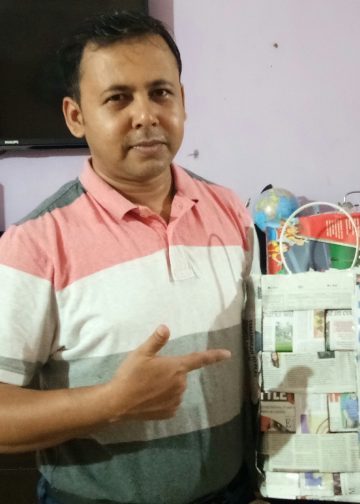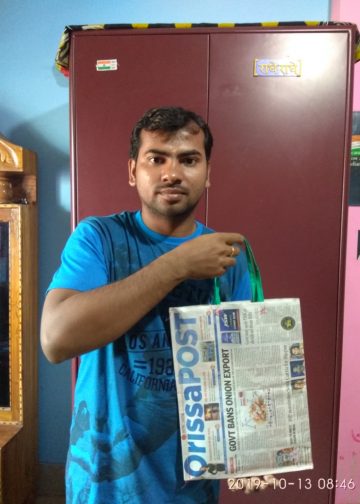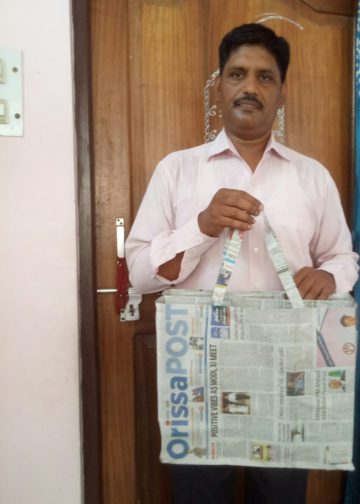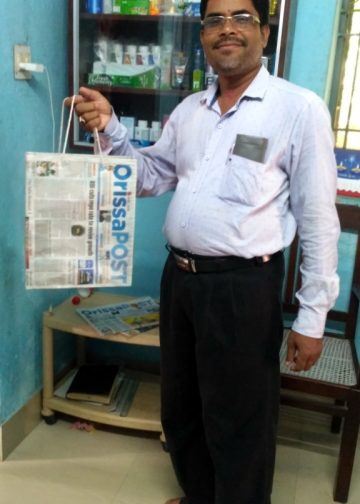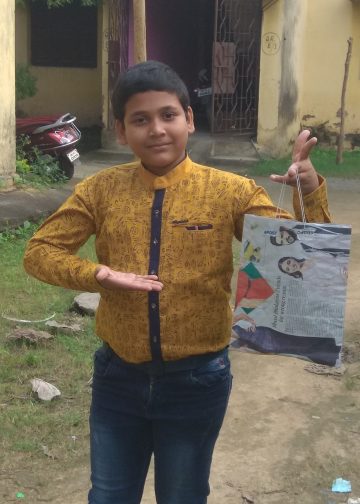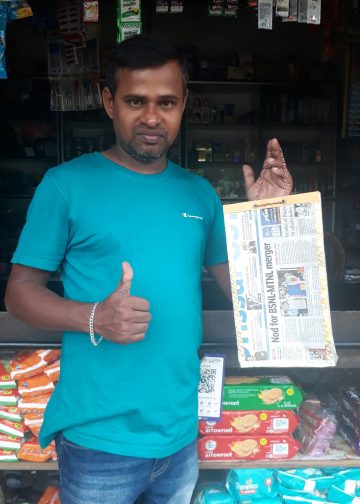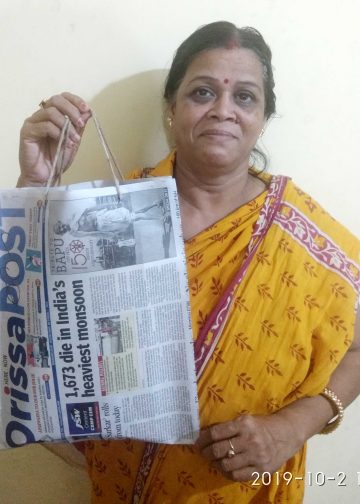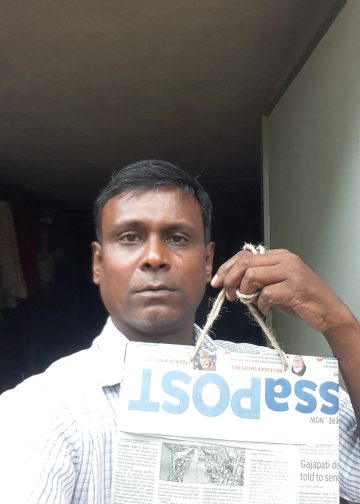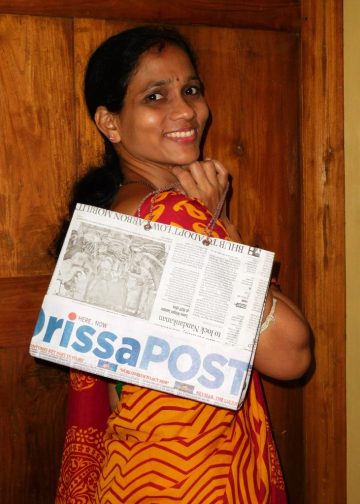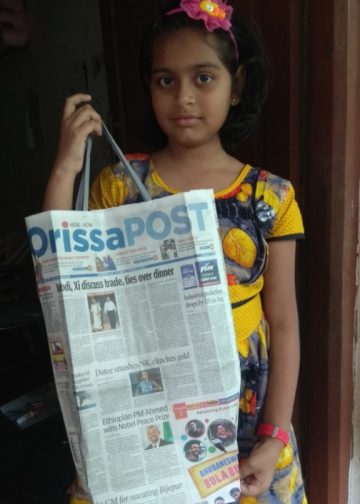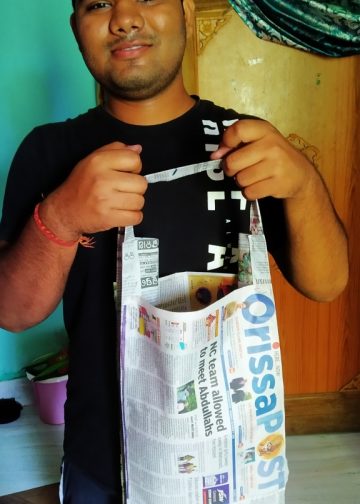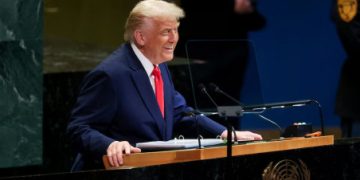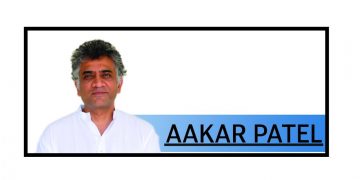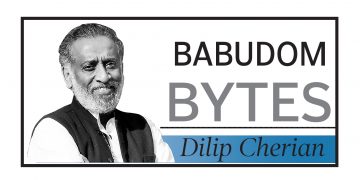US President Donald Trump and his Russian counterpart Vladimir Putin’s much-anticipated summit in Anchorage, Alaska, on 15 August was warm on words but cold on outcome as it concluded without any agreement on ending Moscow’s war in Ukraine that has been raging since February 2022. The talks lasted just over two and a half hours, far shorter than the expected six to seven hours of discussions. Also, the scheduled lunch never took place, while journalists were barred from asking questions. The two leaders, nonetheless, showered praises on each other. Admittedly such a long-drawn conflict cannot be sorted out in one meeting between two countries alone when multiple other interests are involved.
Putin demonstrated a keen ability to say what Trump wants to hear, all the while offering little in terms of actual concessions. He supported Trump’s unverified claim that had Trump been president four years ago instead of Democrat Joe Biden, the war in Ukraine would never have happened. “I’m quite sure it would indeed be so,” Putin remarked. Putin also echoed another claim close to Trump’s heart: that the 2020 election, won by Biden, was rigged.
Trump reciprocated by eulogising “Vladimir,” calling him “a strong guy (…) tough as hell.” He described the meeting as “very productive,” highlighting “many points that we agreed on.” However, there was a clear change in Trump’s stance after the summit. Despite having warned Russia just days earlier of “very severe consequences” if it didn’t secure a ceasefire in Ukraine, Trump wrote on his Truth Social as he flew home from Alaska that it had been “determined by all that the best way to end the horrific war between Russia and Ukraine is to go directly to a Peace Agreement, which would end the war, and not a mere Ceasefire Agreement, which oftentimes do not hold up.”
Also Read: Zelensky brings Europe’s top leaders with him to meet Trump on ending Russia’s war
Trump also told Ukrainian President Volodymyr Zelenskyy after the summit that Putin had offered to freeze most front lines if Kyiv ceded all of Donetsk, the industrial region that is one of Moscow’s main targets. Russia already controls a fifth of Ukraine, including about three-quarters of Donetsk province, which it first entered in 2014.
Trump went on to advise Zelenskyy on Fox News: “Make a deal!” Based on how both Trump and Putin framed the discussions in Anchorage, it seems the “deal” being proposed is unlikely to favour Kyiv. Echoing Trump, Putin expressed hope that the Europeans “won’t throw a wrench in the works” or attempt “backroom dealings” that could sabotage any progress.
In Europe, the summit was seen as a major diplomatic breakthrough for Putin, who has been eager to emerge from geopolitical isolation. Indeed, Putin’s reputation was rehabilitated on the world stage after the summit. Despite being the aggressor in Ukraine and facing war crime charges from the International Criminal Court, the Russian president was given a spectacular reception by the US.
After years of being sidelined by the West, this was Putin’s first visit to the US in a decade; and he was greeted by American fighter jets, a red carpet, and a ride in the Beast, the iconic armoured car of the PoTUS.
All eyes are now on the crucial meeting slated for 18 August in Washington, which was initially fixed between Trump and Zelenskyy, but now will also have a group of European and NATO leaders in attendance. The delegation includes European Commission President Ursula von der Leyen, French President Emmanuel Macron, German Chancellor Friedrich Merz, and NATO Secretary General Mark Rutte, among others.
The European leaders are joining Zelenskyy in an apparent effort to prevent a repeat of the heated encounter the Ukrainian president faced when he met Trump in the Oval Office in February. European leaders standing with Zelenskyy demonstrates the continent’s backing for Ukraine.
As matters stand, the road to peace has been laid. What remains to be seen is how long it will take to reach the destination.

